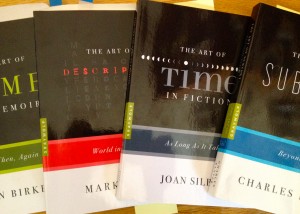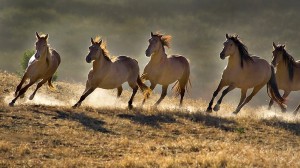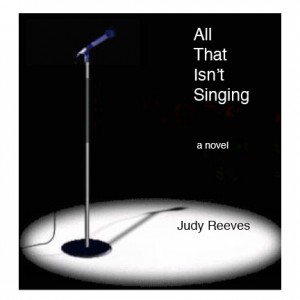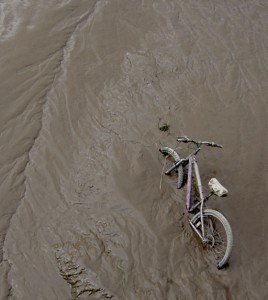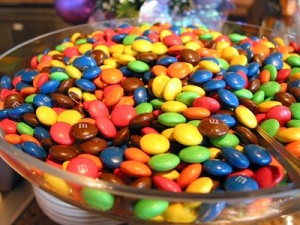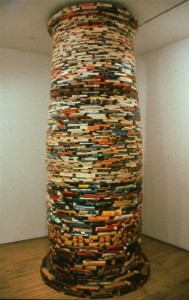 This began as a blog about writing books I love, inspired by Jane Friedman’s recent post of her five favorite writing prompts books. I started pulling my favorites from my bookshelves and the pile by my desk got higher and higher. Treacherously so. I realized a blog about all the writing books I love and use regularly would be, well, a book about writing books.
This began as a blog about writing books I love, inspired by Jane Friedman’s recent post of her five favorite writing prompts books. I started pulling my favorites from my bookshelves and the pile by my desk got higher and higher. Treacherously so. I realized a blog about all the writing books I love and use regularly would be, well, a book about writing books.
I started winnowing.
I noticed in the stack were seven books by the same publisher: Graywolf Press; four of these from The Art of Series, edited by Charles Baxter. I decided to limit this post to these books. I’ve been reading and rereading them for years and when I do, I feel as though I’m studying with the masters.
 My first of the series, though not the first released, was The Art of Description, World into Word by Mark Doty. I adore his work and who better to write about the art of description but a poet who does just that—makes art from descriptions. This is how he begins:
My first of the series, though not the first released, was The Art of Description, World into Word by Mark Doty. I adore his work and who better to write about the art of description but a poet who does just that—makes art from descriptions. This is how he begins:
It sounds like a simple thing, to say what you see. But try to find words for the shades of a mottled sassafras leaf, or the reflectivity of a bay on an August morning, or the very beginnings of desire stirring in the gaze of someone looking right into your eyes.
Next I ordered The Art of Subtext, Beyond Plot, by Charles Baxter. I do love subtext. My copy of this book is littered with sticky notes and page tags, marking passages that illustrate how great writers have used subtext to evoke what lies beneath the words on the page. Baxter has me believing I can do it, too.

“Compressing time is what all fiction does…” Joan Silber tell us in The Art of Time in Fiction, As Long as It Takes. But what to compress and what to summarize? And how to travel between the “then” and “now” of the story? And what about slow motion in narrative? Examples abound on these pages.
 My current read in the series is The Art of Time in Memoir, Then, Again by Sven Birkerts. I don’t write memoir (yet) but many in my classes and workshops do and that tricky question of when to use the voice of the “then” narrator and when to use the voice of the reflective narrator almost always comes up. Birkerts’ examples illustrate this and so much more.
My current read in the series is The Art of Time in Memoir, Then, Again by Sven Birkerts. I don’t write memoir (yet) but many in my classes and workshops do and that tricky question of when to use the voice of the “then” narrator and when to use the voice of the reflective narrator almost always comes up. Birkerts’ examples illustrate this and so much more.
These books in The Art of Series serve as my morning meditation books; I read them as I drink my coffee, sticky-noting them, copying passages in my commonplace journal or on scraps of paper to quote to my students, and, I hope, lodge somewhere in my mind to surface as I write.
Two books in series I’m looking forward to: The Art of the Ending by Amy Bloom and The Art of the Voice by ZZ Packer. Graywolf also publishes several in the series devoted to poetry.
What are your current favorite writing books? Do you read them once and put them away, or do you study them again and again?

